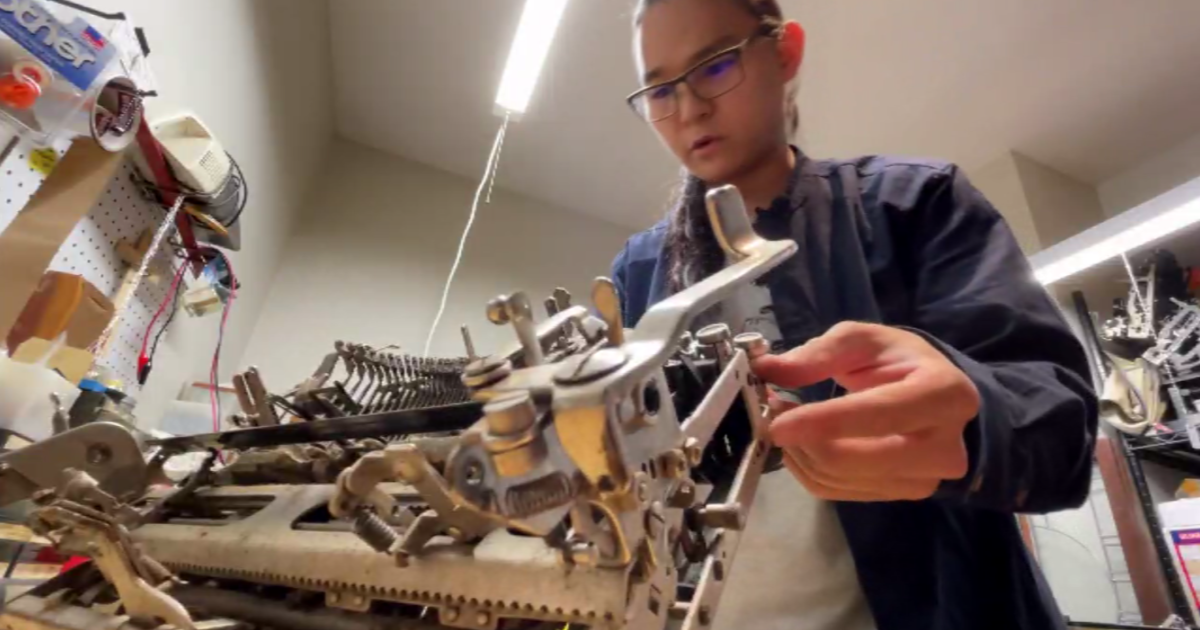Home Changes To Make After A Stroke
Returning home after having a stroke can be a complicated experience, filled with a mixed bag of emotions, ranging from elation to fear. Uppermost in everyone’s mind will be the patient’s ongoing recovery and their ability to remain at home safely and independently. The home environment should be one where recuperation and comfort are enhanced. In order to eliminate the chance of accidents, modifications may need to be made, particularly if the patient lives alone. It might be a good idea to have a trial run before making the transition completely from hospital to home. Before a trial run is attempted, small changes should be made to enhance safety, life satisfaction and peace of mind. Here are some post-stroke modifications to consider.
Bathroom – Often small in size, steamy and slippery, bathrooms can be hazardous for anyone, at any time. Bathroom alterations that can make stroke victims safer include:
- Install non-slip flooring or tightly-held adhesive strips on both the bathroom floor and bath tub
- Make sure the bath mat has adhesive backing
- Plug in a night light with a timer
- At least one portable telephone or wearable call button should be strategically placed within easy reach of both the commode and tub when in use
- Place a toilet riser seat over the commode
- Install grab rails and a tub seat in the bathtub
- Utilize a transfer tub bench to help the patient slide in and out of the tub more easily
- Make sure the water control handles in both the shower and sink turn on and off easily without much turning required
- To avoid scalding, install a hand-held shower head that reaches the tub seat easily
- Buy long-handled sponges to help with washing hard-to-reach parts of the body
- Use suction pads to secure pump bottles in place in both the tub and sink areas
- Toileting supplies should be shelved accessibly and within easy reach from the commode, sink and tub
Bedroom – More than any other room in the home, the bedroom often takes on the feeling of a sanctuary and safe haven. Whether it is shared with another or not, these changes can keep the bedroom safe, comfortable and cozy:
- As with the bathroom, make sure that communication devices like a phone or call button are readily accessible and placed strategically
- Remove all scatter rugs that do not have adhesive backing and make sure floors are not over waxed and slippery
- Clothing storage should be re-arranged so essential items are easy to find and reach
- Install a hospital bed if necessary
- Place a commode with grab bars near the bed to avoid toileting accidents
- Utilize washable, absorbent mattress pads in case of accidents
- Have cheery and personal touches pepper the bedroom; items like framed photographs and an abundance of plants can help create a comforting atmosphere
Kitchen – Stroke survivors may experience a decrease in sensation, making burns more likely. Kitchens pose very specific dangers, particularly if forgetfulness is an issue. Home modifications can help but before the kitchen is used by the patient for cooking, make sure to get a thumbs-up from their doctor and to make these modifications:
- Install push button controls and an automatic shut-off control to the stove, or purchase a new model with easy-access, strategically-placed push buttons
- Purchase thin, heat-resistant oven mitts that are not bulky or clumsy
- If the stroke survivor is using a wheel chair, consider installing a roll-under sink and mirrors above the stove burners to provide visual access to the stove.
- If necessary, modify countertop height or utilize low tables for food preparation
- Purchase an electric or easy-glide can opener
- Replace glassware with plastic glasses or with sippy cups
- Items used daily should be placed easily within reach in both the cabinets and refrigerator
- Leave the sharpened knives for another time and purchase pre-cut cold cuts, fruits and vegetables
- If swallowing is a challenge, stock the fridge with easy-to-eat foods
- Have a fire extinguisher in easy reach
Hallways
- Areas of the home connecting one room to another should be well-lit and free of debris, electrical cords and obstructions
- Floors should not be slippery; do not over wax or have scatter rugs on them without non-slip backing
Stairways
Stairs can pose insurmountable problems for some stroke survivors. Assess the situation to determine if upstairs rooms should be avoided completely. Even one or two steps in an entry way may pose a problem.
- Install ramps on entry ways
- Install stair glides, stair lifts or hand rails on both sides of all staircases
Every home is different, as are the needs and abilities of each stroke survivor. Some homes will lend themselves readily to modification and others will need to be left vacant while the patient recuperates elsewhere. No matter what modifications are put in place, connection should be maintained for a period of time. Schedule specific times when phone calls or visits will take place and make sure that personal contact is maintained, for both safety and morale support.
Corey Whelan is a freelance writer in New York. Her work can be found at Examiner.com.



